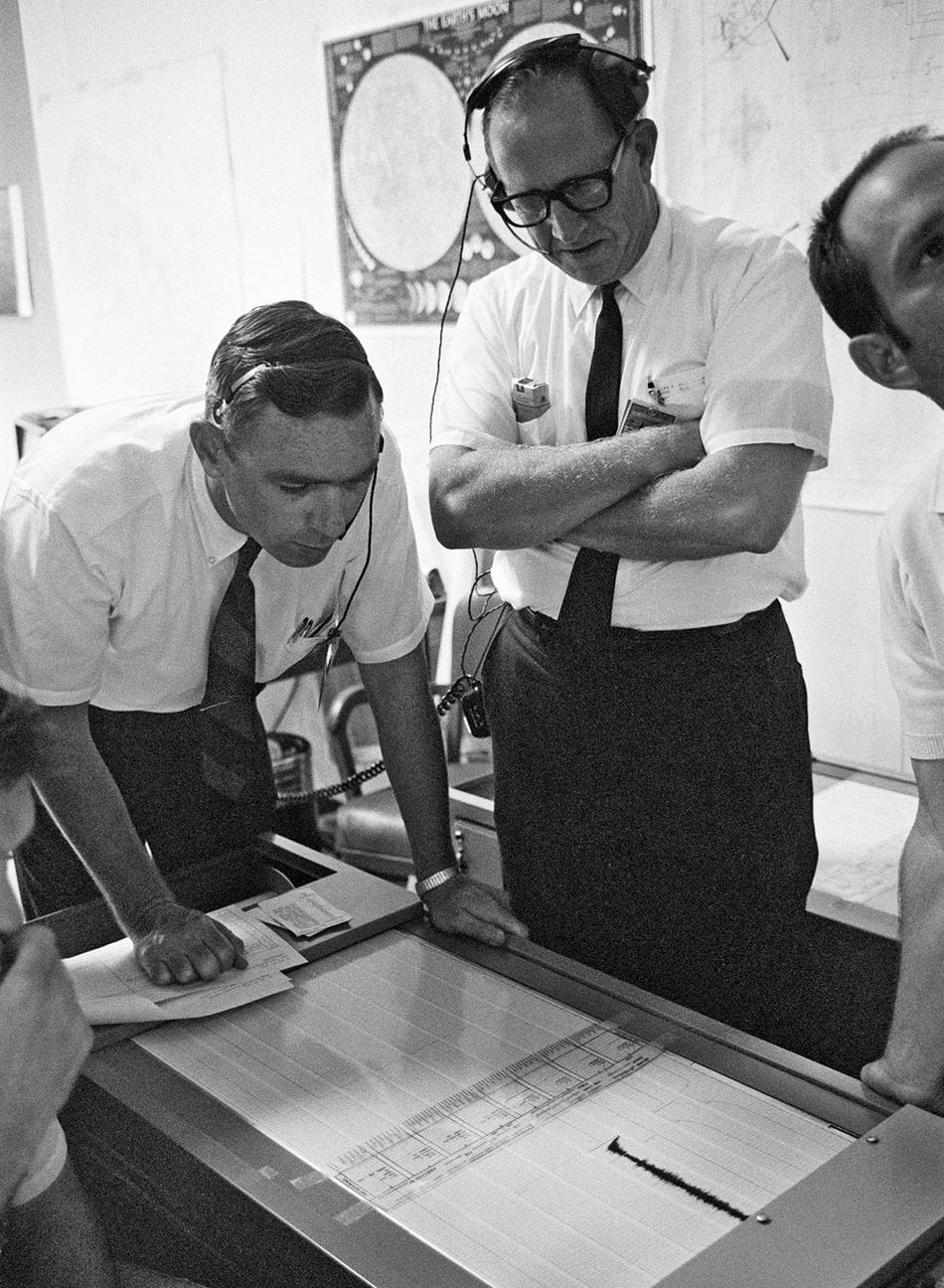
Posted on 06/26/2019 4:21:31 AM PDT by COBOL2Java

Four days earlier, Latham, along with millions of others around the world, had stared rapt at a TV screen as a 363-foot-tall Saturn V rocket lifted off in a Zeusian thundercloud from Cape Canaveral. Atop the rocket was the Apollo 11 spacecraft, carrying astronauts Neil Armstrong, Edwin “Buzz” Aldrin, and Michael Collins. Also onboard, but attracting a lot less attention, was the Passive Seismic Experiment Package (PSEP), a system of four solar-powered seismometers that Latham had developed for the mission.
At training sessions in Clear Lake, Texas, Latham had shown the astronauts exactly how to rig PSEP, which would measure the seismic waves caused by disturbances of the lunar surface, whether from meteorites or — if such things existed — moonquakes. The readings would provide the first scientific glimpse into the interior properties of the moon and help tackle questions as old as time: what was the moon’s structure, its composition, its origin, its history?
But first the spacecraft had to land. As the Apollo 11 crew, 240,000 miles away, prepared their next precision maneuver, Latham registered the intense focus and bottled-up emotion at Mission Control. Cigarette smoke hung thick over the beige consoles, with their red and yellow buttons and cathode-ray-tube monitors. On the front wall, a screen marked the progress of the flight on a plotted graph.

(Excerpt) Read more at magazine.columbia.edu ...

Shirt pockets filled with pens, and a pack of
smokes., times have changed a bit since then
Engineers really looked the part back in the day.
*ping*
That was a really good day.
Disclaimer: Opinions posted on Free Republic are those of the individual posters and do not necessarily represent the opinion of Free Republic or its management. All materials posted herein are protected by copyright law and the exemption for fair use of copyrighted works.